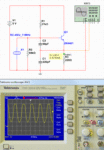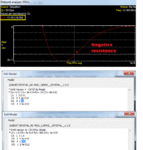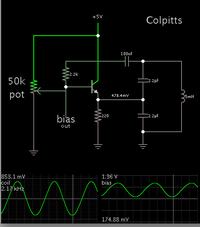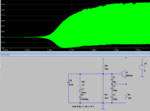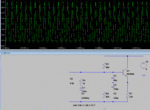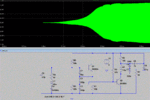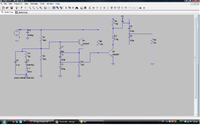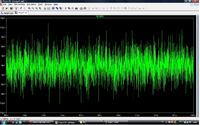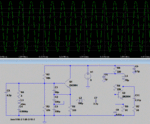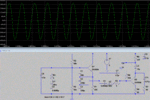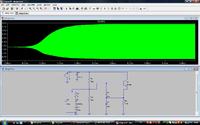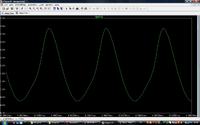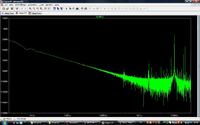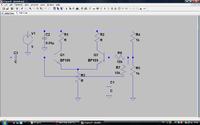hayowazzup
Advanced Member level 4
Hi, I would like to know if it is possible to use easy formulas to find out the components' value of this oscillator circuit.
**broken link removed**
ref: **broken link removed**
Are there any general formulaes/easy tricks to analyse this circuit? Or must I going through all the bjt anaylsis and ODE in order to find them out? I already know positive feedback , frequency filtering, etc those sort of stuff.
This is actually one of the circuit in my project last semester but all I did was just using Spice to guess them randomly..
What is the easiest way to solve it?i suppose it's the way used by prof engineers.
Your help will be greatly appreciated.. many thanks!
**broken link removed**
ref: **broken link removed**
Are there any general formulaes/easy tricks to analyse this circuit? Or must I going through all the bjt anaylsis and ODE in order to find them out? I already know positive feedback , frequency filtering, etc those sort of stuff.
This is actually one of the circuit in my project last semester but all I did was just using Spice to guess them randomly..
What is the easiest way to solve it?i suppose it's the way used by prof engineers.
Your help will be greatly appreciated.. many thanks!
